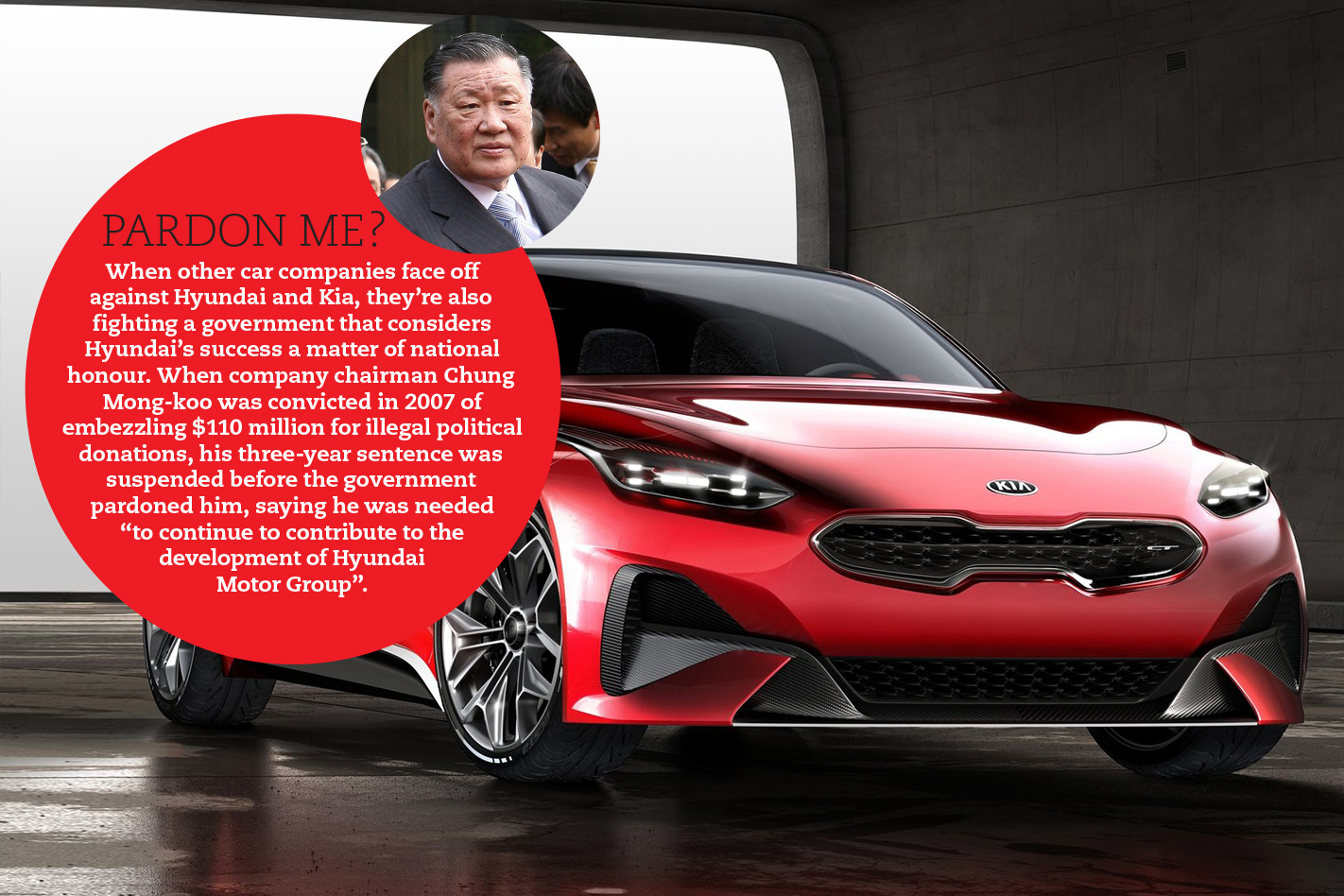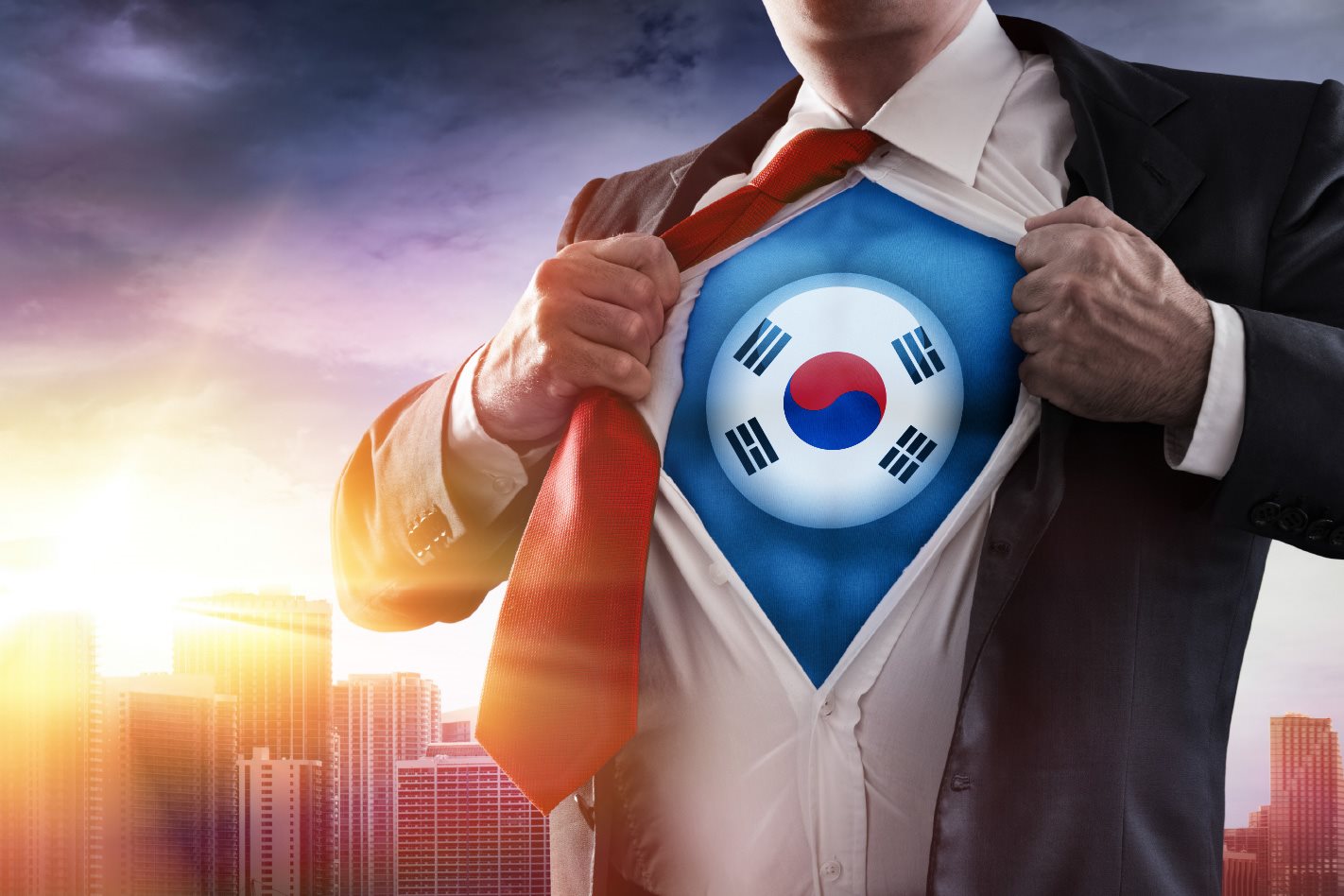COULD anyone who bought a Hyundai Excel in 1986 – the first year a model from the Korean brand was offered in Australia – have possibly envisioned the trajectory this automotive juggernaut would be on in 2017?
Fact was, the X1-gen Excel was a fairly lamentable offering, yet still a significant achievement for a car company that had really only been building cars for export since the Pony of 1976.
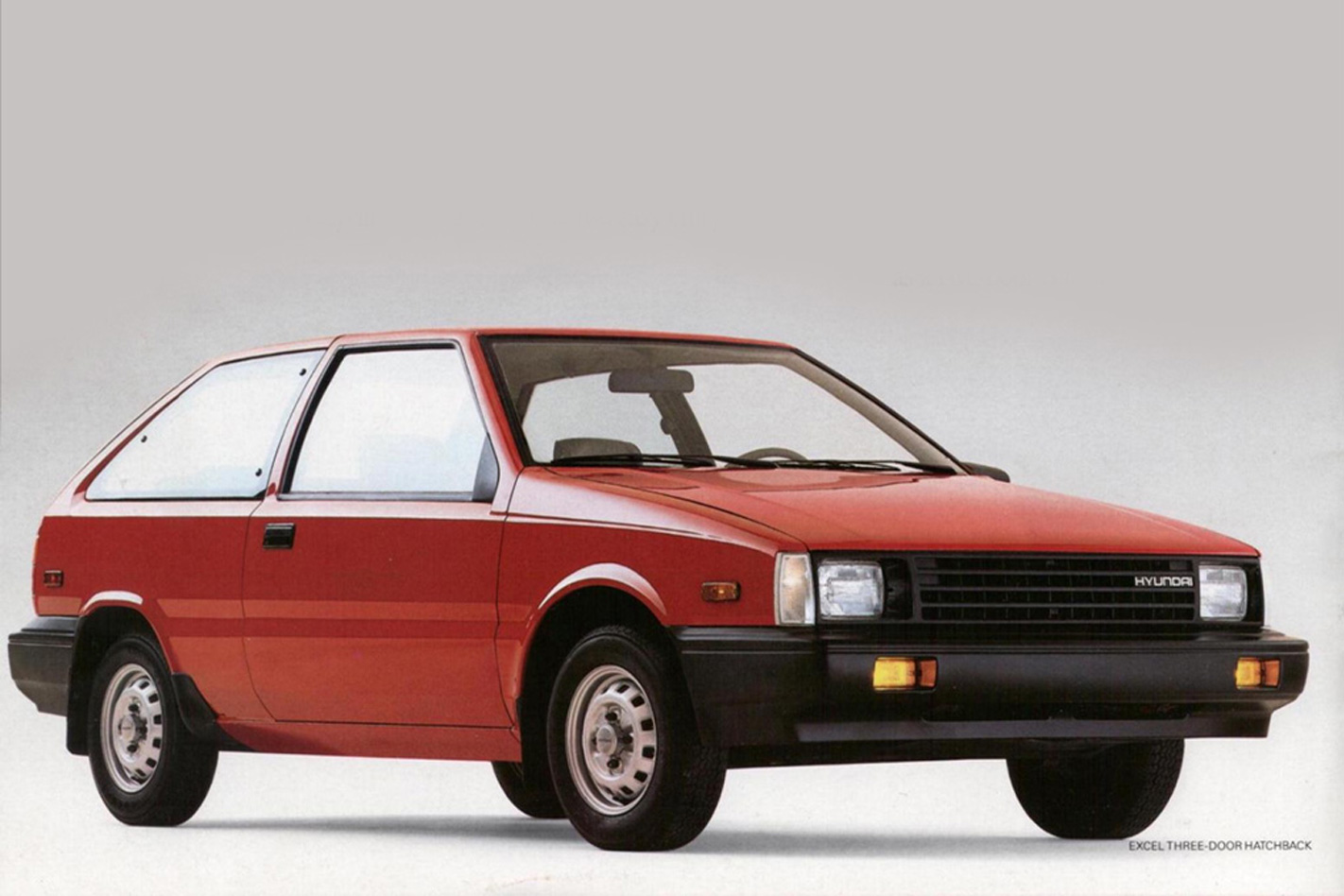
Major General Park Chung-hee (1917-1979) came to power via a military coup in 1961 and is the leader credited as a pivotal figure for the Korean automotive industry. That was thanks, in part, to a five-year development plan that was to effectively light a fire under the then-fledgling car-building business.
The immediate banning of imported cars (see below) would instantly make locally assembled vehicles the default choice for Koreans, while the dropping of import taxes on incoming automotive components gave a clear incentive to Korean companies to become assemblers of semi- and completely knocked-down kits (CKD).

Generous government subsidies were available for companies entering into joint ventures with international partners in order to acquire technological expertise. Kia – originally a manufacturer of bicycle parts founded in 1944 – jumped into the cot with Honda, although Kia’s first passenger car was the Mazda Familia-based Brisa of 1974.
The foundation stone of Korea the Car Builder had been set.
But it was the heady, turbulent ’80s before Australians were urged via an ad campaign to “say hi to Hyundai”. The brand’s local presence had its beginnings in Western Australia, thanks to Perth motor body builder, Danny Fisher, who saw potential in affordable, well-marketed Korean cars for Aussies.
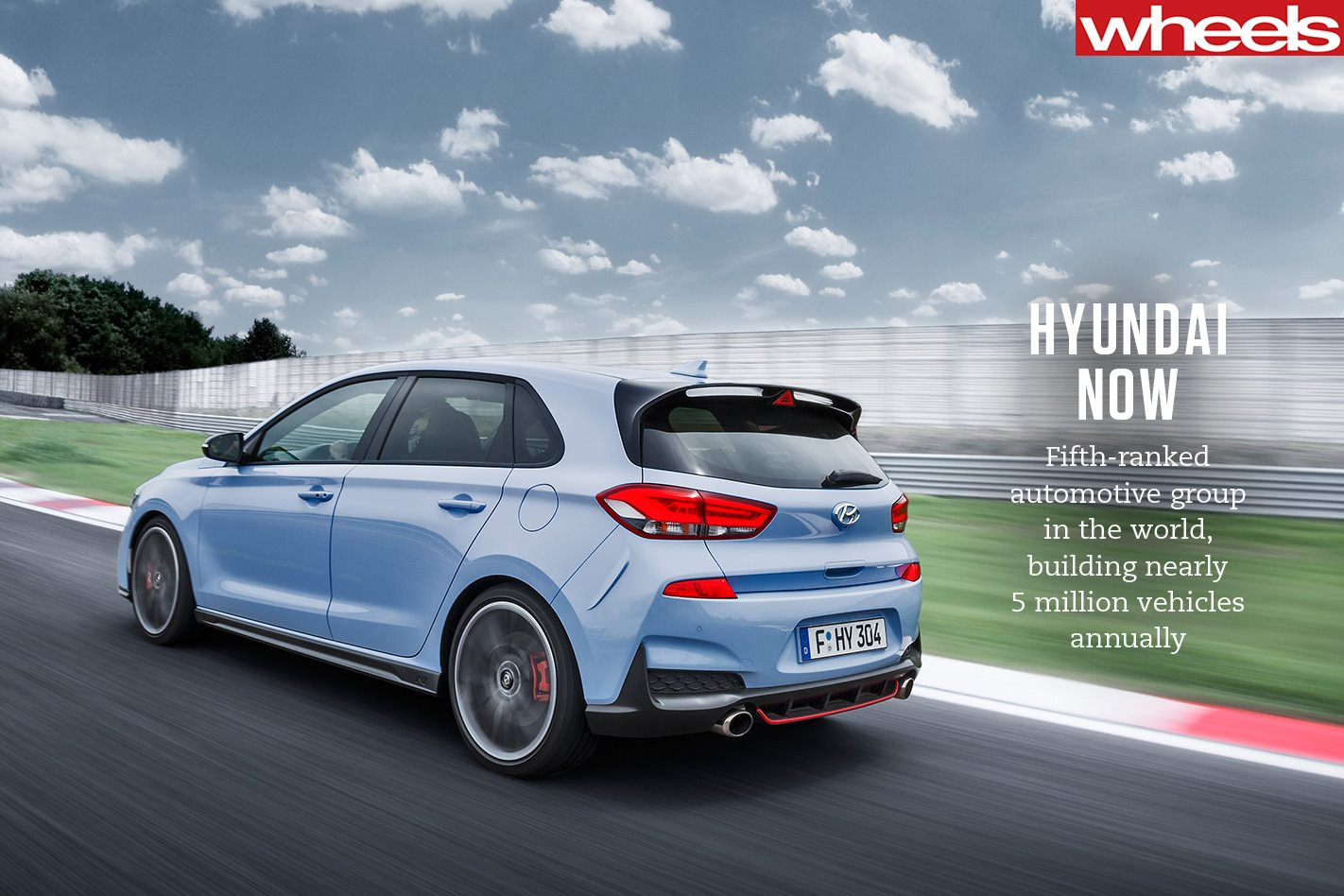
By 1995, the third-gen X3 Excel had become Australia’s favourite light car, wooing customers with its then-revolutionary ‘drive-away’ pricing and generous warranty, rather than any dynamic genius.
It wasn’t until 2003 that Australia saw the arrival of a full factory operation, which would see initial annual sales of around 34,000 accelerate to 87,000 by 2011, and pass 100,000 in 2014.
It hasn’t been one big upswing, of course. Kia was on solid ground in the late ’70s assembling, among other things, the 604 for Peugeot and Fiat’s 132 sedan. But by 1981 the Korean Government had introduced ‘rationalisation measures’ which assigned specific vehicle types to individual companies. The outcome of this, followed much later by the Asian economic crisis, would see Kia on its knees in bankruptcy by 1998. In came Hyundai to the rescue, taking a majority stake.

But it hasn’t just been about the product. Skilful marketing has also played a key part. In the USA, for example, Hyundai’s high-concept incentives – like buying back your car if you lost your job – drew buyers in without costing a fortune. Kia’s marketing in the US has been both perplexing and, to many, annoying (YouTube the brilliant rapping hamsters TV ad for the Soul), but it’s done a great job at getting Kia noticed.
Veteran auto executive heavyweight Bob Lutz had this to say: “Japanese executives, in my experience, often get tangled up in history, tradition, and the supposed superiority of their culture, but I’ve found Korean leaders to be bold, tough, gregarious, and open to new ideas. This is in stark contrast to the rows of stone-faced Japanese execs at intercompany meetings, where little was ever said or accomplished. The Koreans are not hung up on their culture: They hire the best, Korean or not. It’s their strength. They accept risk.”
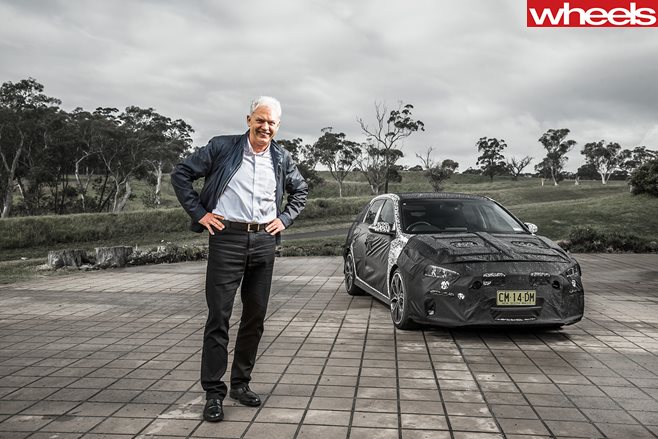
As for Hyundai’s ambition, well, that’s encapsulated in one word: Genesis. Launching a luxury brand at this turbulent stage of the automotive timeline, as alternative power sources, autonomy, and disruptors like Google and Uber reshape the business entirely, takes massive commitment. Can the Koreans do it? Is the Genesis line-up – with no premium SUV in sight until 2019 – strong enough? Is there enough time before the automotive business as we know it is no longer recognisable?
It’s a huge call, but don’t bet against the Koreans. Their pockets are as deep as their determination.
